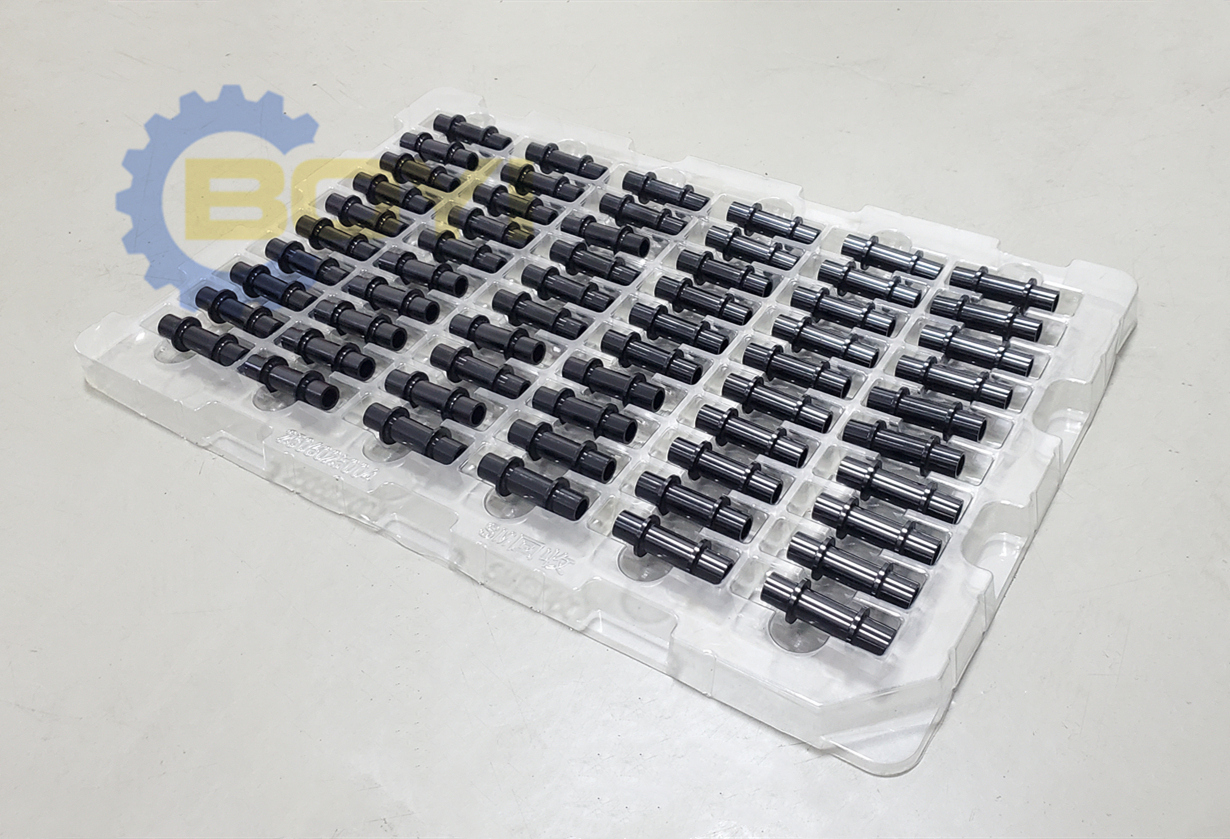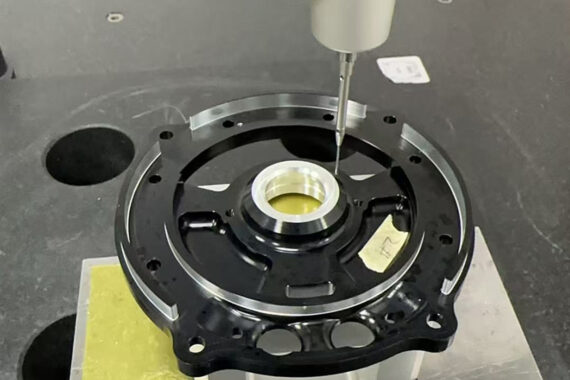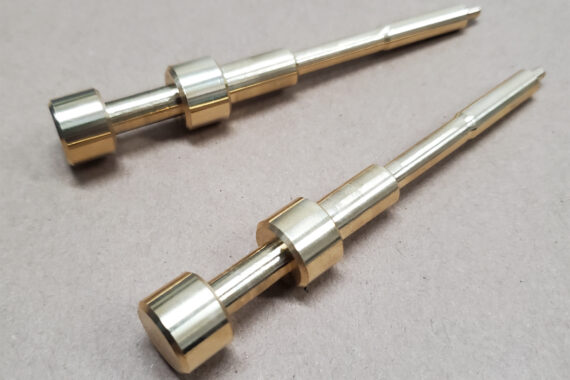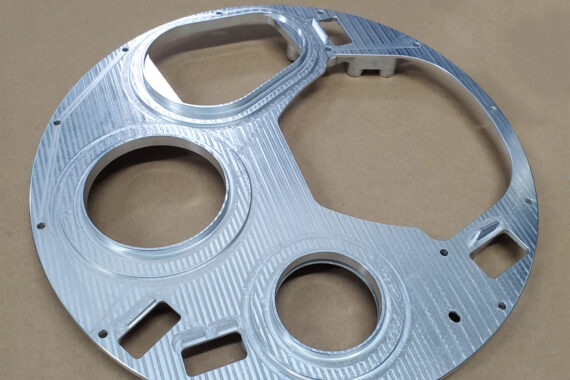In the rapidly evolving world of manufacturing, CNC machining has emerged as a cornerstone technology, particularly in the production of new energy parts.
CNC machined precision aluminum parts can be anodized to improve the wear resistance, corrosion resistance and insulation of the surface as well as change the color and appearance of the surface. Anodizing is widely used for CNC turning and milling aluminum parts. Request Quotation
There are many types of solutions used in anodizing treatment. Currently, sulfuric acid, oxalic acid, oxalic acid, malonic acid, sulfonic acid, etc. are commonly used. The most common method is to use sulfuric acid as an oxidation treatment solution, and then apply electricity to perform anodizing treatment. This method is usually referred to as sulfuric acid anodizing treatment method. Its advantages are that in addition to obtaining a dense oxide film, the porosity of the oxide film is also very large, which can better soak the filler. It can adapt to a wide range of aluminum materials suitable for the oxidation treatment method. At the same time, the operation technology is simple and the cost is low, especially for electricity. Low consumption. Therefore, sulfuric acid anodizing treatment is often used.– What is Anodizing?
Why do CNC Machined Aluminum Parts Need to be Anodized?
After CNC processing of aluminum alloy parts, there will be knife marks on the surface of the aluminum parts. If you want to get a beautiful appearance of CNC aluminum parts, you usually choose to use sandblasting and anodizing for surface treatment.
CNC Machining Aluminum Parts Anodizing Advantages
- Improve the corrosion resistance of the surface.
Aluminum alloy is a corrosion-resistant metal because aluminum is very active and is particularly prone to chemical reactions with oxygen in the air to form an aluminum oxide film. The naturally formed oxide film is thin, prone to small scratches, and has weak corrosion resistance. The artificial oxide film generated by anodization is uniform, dense, and highly corrosion-resistant. - Improve surface wear resistanc.
CNC precision aluminum parts without surface treatment are particularly susceptible to scratches and wear. The surface of anodized aluminum parts is very hard, and the hardness of the oxide film on the surface reaches 300HV. Therefore, it is very hard-wearing and scratch-resistant. - Improve insulation.
Aluminum conducts electricity very well, but aluminum needs insulation in some situations. The anodized aluminum oxide film is non-conductive, so anodizing is one of the perfect options for CNC aluminum parts that require insulation. - Anodizing Color can be customized.
CNC turned or milled aluminum parts can be anodized and custom anodized colors available upon request.





